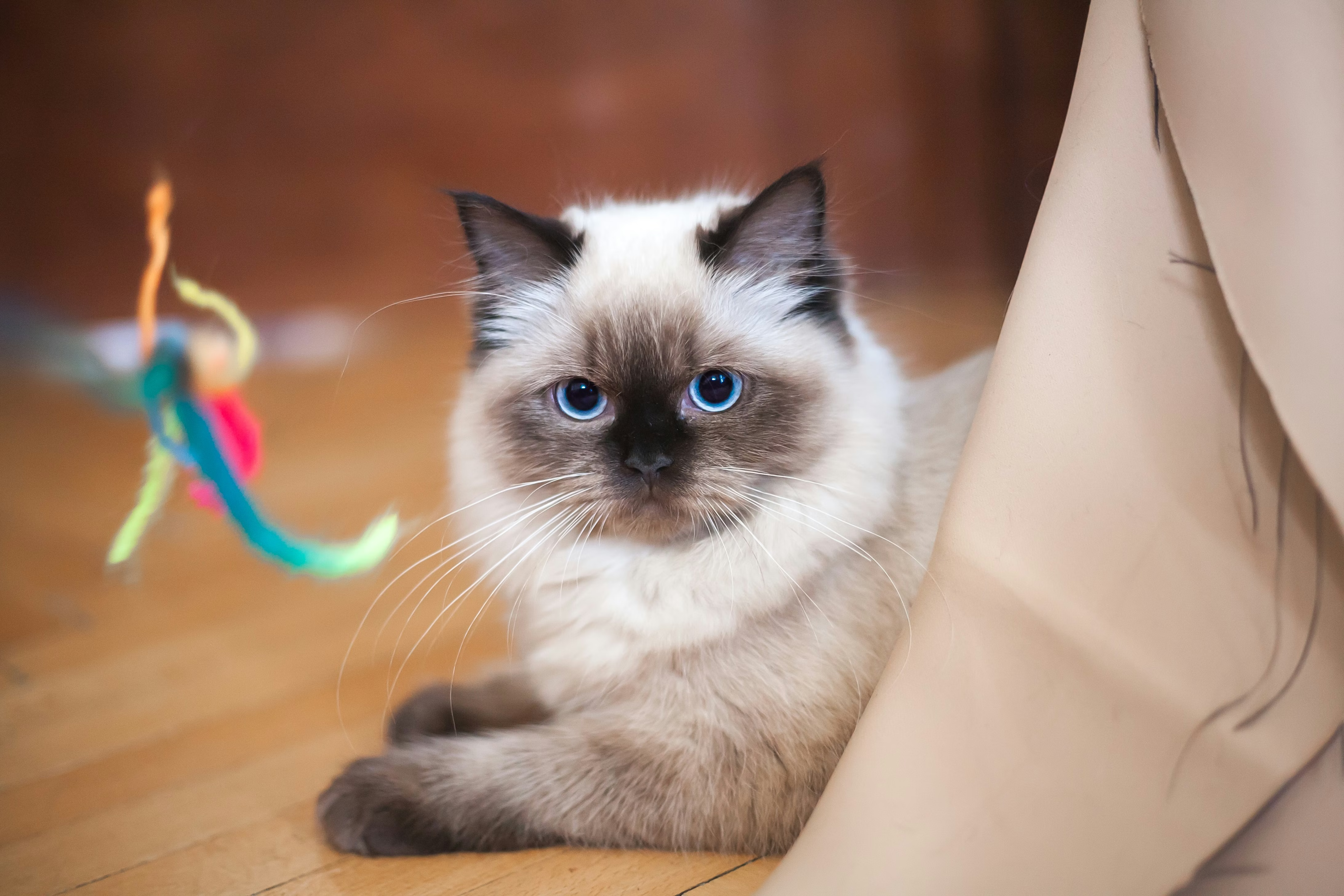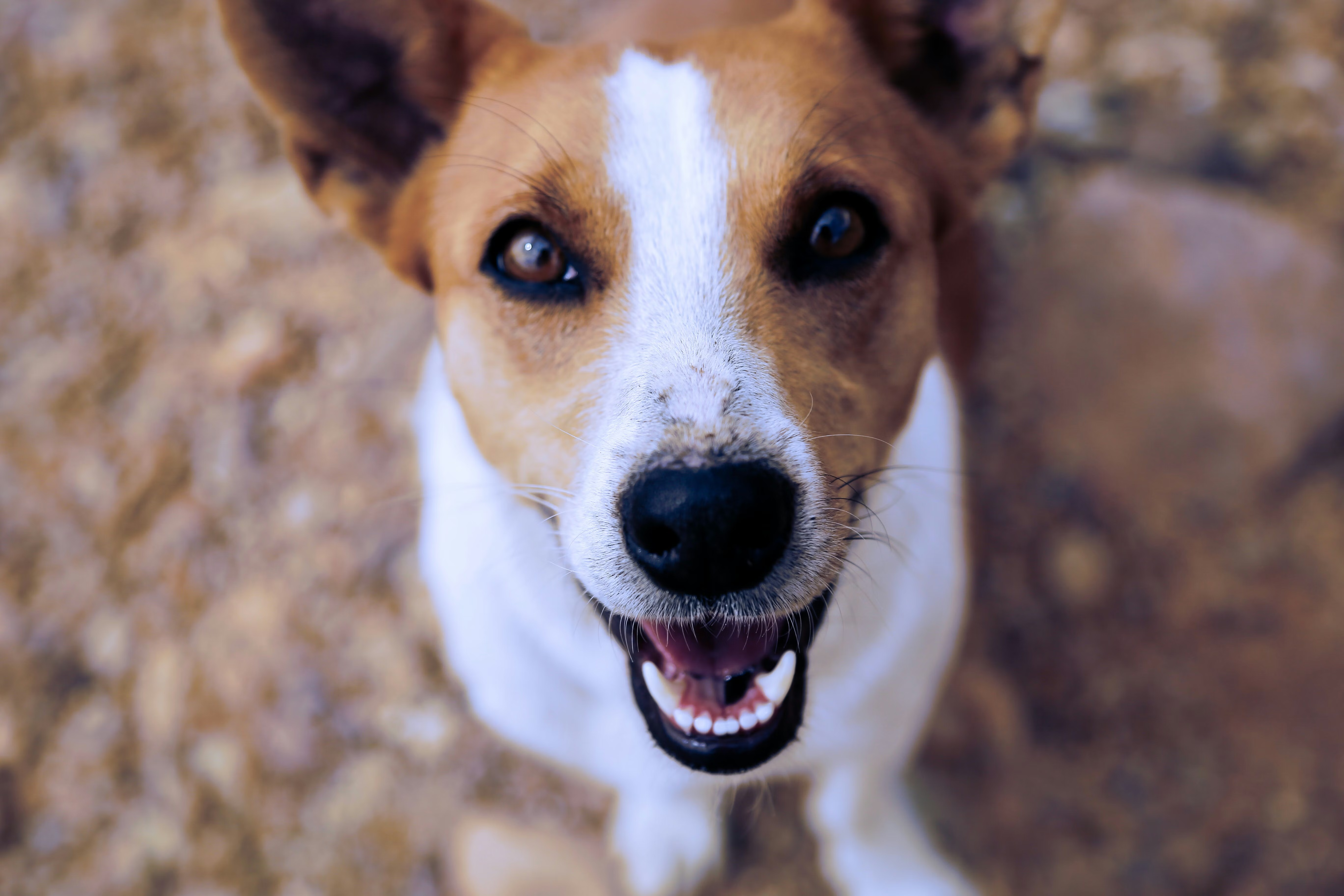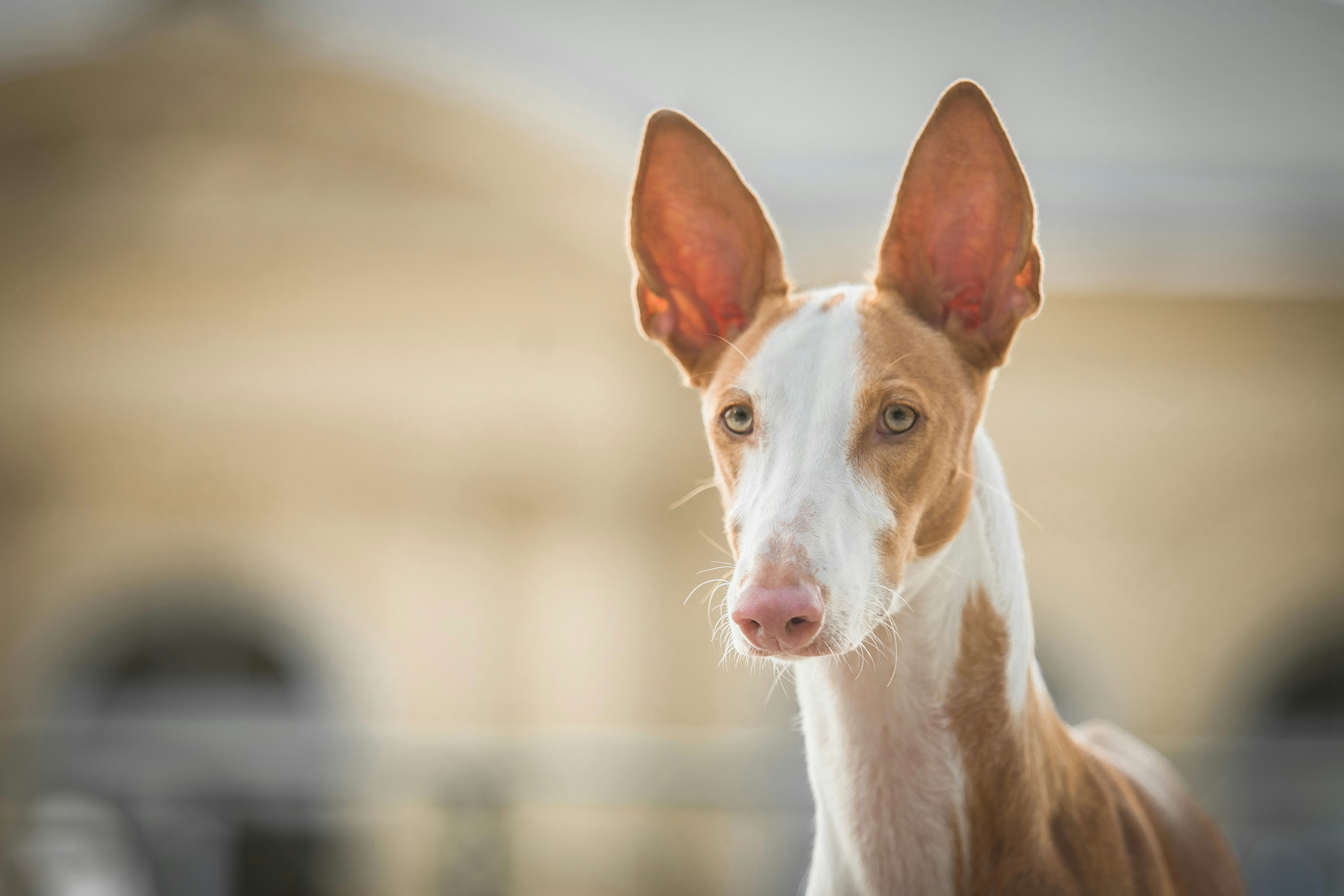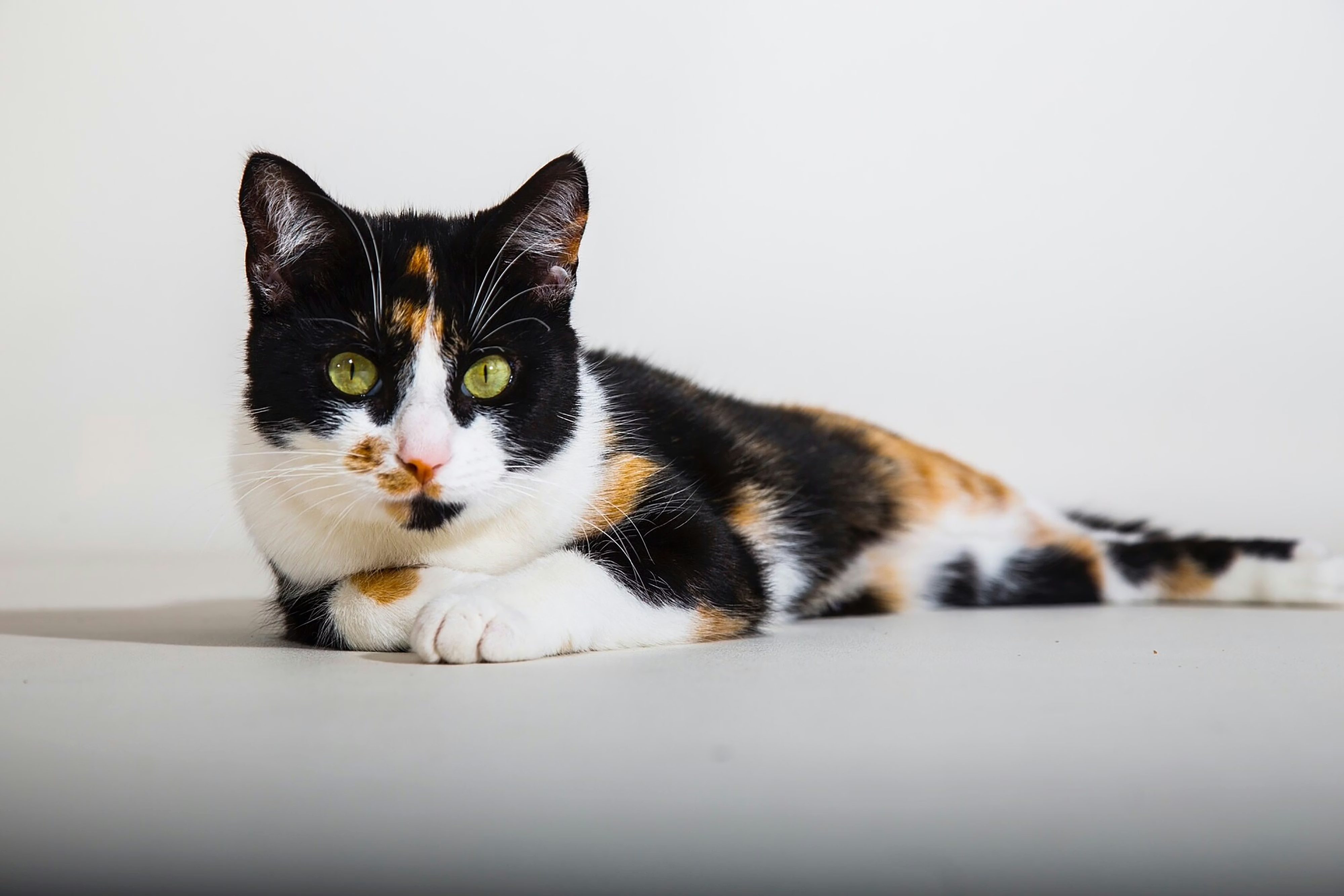Have you ever seen a dog with a black coat and floppy ears and were convinced it must be a Labrador mix? Or a cream-colored cat with dark brown points that just had to be part Siamese? And then you found out later you were completely wrong? Don’t feel bad. More often than not, people (even the pros) incorrectly guess a pet’s breed by looking at them. So let’s take a look at why, when it comes to visual identification, expectations don’t always meet reality.
Like with humans, a dog or cat’s physical appearance is a direct reflection of the genes they inherited from their parents. This physical expression of genes is called a “phenotype.” However, for mixed-breed pets the phenotype doesn’t always resemble the pet’s ancestral breed types. And that can cause people to speculate. So much so that there have been research studies on the visual identification of mixed breed dogs. It’s also why we at Wisdom Panel™ like to refer to mixed-breed dogs and random-bred cats as products of their specific genes rather than products of specific breeds.
Did you know? Like you, your pets will have two copies of each gene—one inherited from each parent. And there can be different versions of the same gene, called “alleles” or variants.
A quick recap on gene expression
A good place to start is Mendelian genetics. This is where single-gene traits follow dominant and recessive expression patterns. Being dominant doesn’t mean the variant is more prevalent. It means it overrides the recessive gene variants. As a result, recessive variants, when present, can be hidden by dominant ones because it only takes one dominant variant for the trait to be expressed. For a recessive trait to be shown, there needs to be two recessive variants (one inherited from each parent).
So far, this is all pretty straightforward. However, there is often more to gene expression than basic Mendelian genetics. And this is where gene expression becomes more complicated.
Even with single genes, expression can be influenced by other factors. These include the hierarchy of expression between genes and other situations, like codominance, incomplete dominance, incomplete penetrance, and more. There are also polygenic traits, where more than one gene affects the final phenotype. Examples of polygenic traits include facial structure and body conformation.

Why genes matter
The interaction and expression of genes produce the unique phenotype of a mixed breed pet. Of course, dominant traits are more likely to be expressed than recessive ones. And in dogs, the majority of visible traits are found in more than one breed, making them non-specific for identification purposes. Even in cats, where breeds are often defined by physical characteristics, there can be shared traits. For example, the distinct color points of the Siamese can also be found in Ragdolls, Birman, and Himalayans.
The Wisdom Panel team often receives questions from pet parents inquiring why their pup’s ancestry doesn’t contain a breed the dog visually resembles. Some of the top look-alike breeds include Labrador Retriever, Border Collie, and Catahoula Leopard Dog. This is likely due to a combination of factors. First, these breeds all generally have average body builds and head shapes. Second, while these breeds have different-looking coat patterns, they still demonstrate many of the dominant dog traits. Labrador Retrievers can be black, chocolate or yellow in color with short coats and floppy ears. Border Collies are black and white with short coats and feathering (longer hair on ears, legs, and tummy), and base erect ears (where they stand up at the base then flop over near the tips). And Catahoula Leopard Dogs, while found in a variety of colors, often demonstrate merle and are short-coated with floppy ears.
You may be picking up on a theme here. Black is considered a dominant color, while white is more complex and can have variable expression. Short coats and ear floppiness are also considered dominant traits. And merle is a fascinating dominant gene that causes a mottled coloring pattern to the coat and, sometimes, full to partial blue eyes. As a side note, it’s important not to breed two visibly merled dogs together due to potential health risks to “double merle” pups.

Just how hard is visual identification?
Statistically speaking, people—including those considered to be dog professionals—only correctly guessed a dog’s breed mix 25-28% of the time when basing their guess on visual identification alone. If you believe you’re ahead of the curve, then The MuttMix Project invites you to take their “pup quiz.”
Although an entertaining idea, similar quizzes for random-bred cats wouldn’t provide informative results, as cats have a much different ancestral history. For cats, it’s important to keep in mind that what may be considered a “breed-defining trait” can sometimes be found in random-bred populations. Examples of breed-defining traits include Siamese color points or the shortened tail of a Manx.
If you’d like to learn more about your pet’s genetic ancestry and which traits they carry, check out our DNA tests for dogs and cats.















